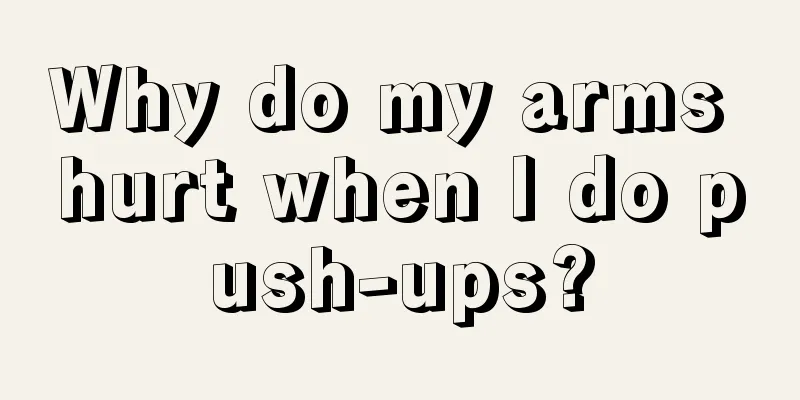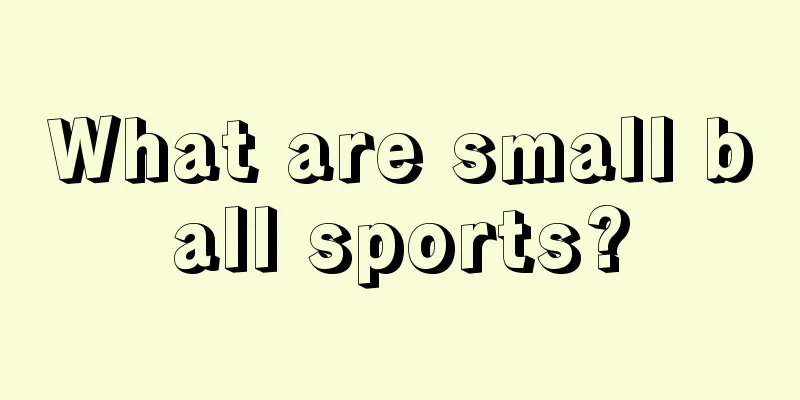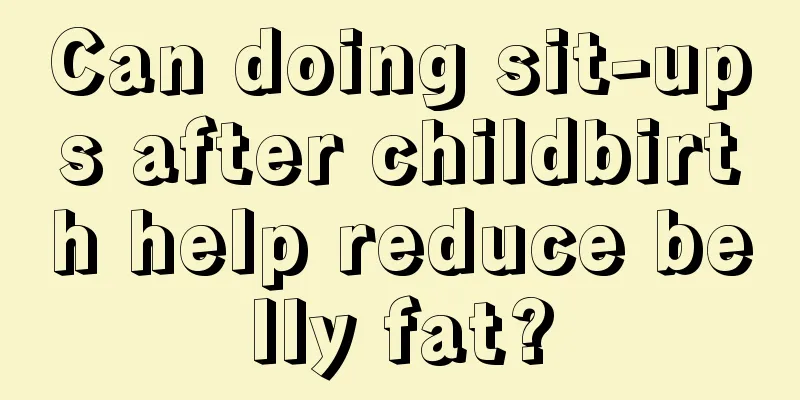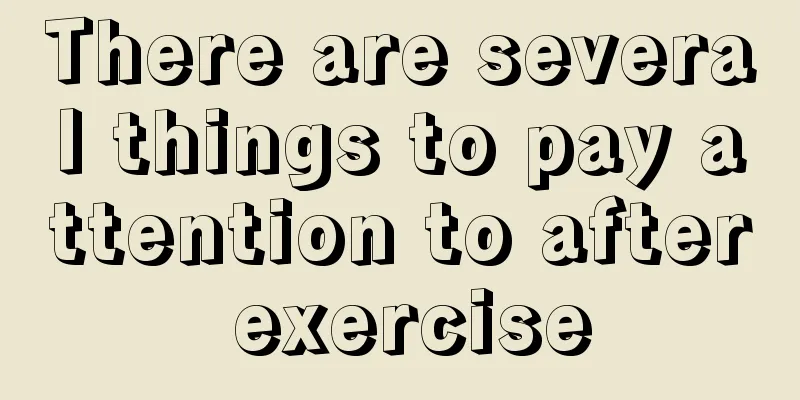Why do my arms hurt when I do push-ups?

|
Push-ups are a classic exercise for training chest muscles. Although it seems simple, many people do not do it in the correct way, which leads to the wrong parts of the muscles being trained. Using push-ups to train chest muscles without proper movements will greatly reduce the training effect. This is why many people feel sore arms after doing push-ups but no feeling in their chest muscles. The following editor will introduce the reason in detail. When doing push-ups, one thing you need to pay special attention to is that as your body lowers, your elbows should open outwards instead of pointing their tips behind your body. Otherwise, the muscles in the front of your shoulders will bear too much weight, and the focus of the exercise will not be on the pectoral muscles, but on the triceps, anterior deltoids and back muscles. The correct approach is: Spread your arms slightly wider than your shoulders; support your body with your toes and use your waist and abdomen to control your torso into a straight line; then spread your elbows to the sides and slowly lower your body until your upper body is close to the ground; pause briefly, then control and return to the original position, concentrating your mind on your chest muscles, and when your elbows are almost straight, immediately proceed to the next movement. As you gain strength, you can increase the difficulty by placing your feet on steps. Action rhythm: Go down slowly and go up quickly. Breathing Techniques: Exhale when your muscles contract and inhale when they stretch. Go down and inhale, come up and exhale Since push-ups use the body's own weight as resistance, the intensity is far from enough as a strength training exercise. Therefore, fitness enthusiasts who "want to develop strong pectoral muscles" are advised to choose training exercises with higher loads such as barbell bench press, parallel bar dips or weighted push-ups, and use push-ups as a warm-up before training. Why do I feel no pain in my chest but pain in my arms when I do push-ups? First of all, the chest muscles are too weak, which leads to excessive leverage of the arms. In fact, in the bench press, the pectoralis major is the prime mover, and the triceps, which is the muscle on the back of your arm, is a co-motor, assisting the chest in exerting force. Of course, the force ratio will be different at different arm angles. For example, with a narrow grip bench press or elbow push-ups, the force will be more biased towards the middle seam between the triceps and pectoralis major. The above is the reason why your arms will be sore when doing push-ups. I think you have solved your doubts now. In order to do push-ups correctly, you should try your best to feel the strength of the pectoralis major muscles during training. When the pectoralis muscles feel very sore and swollen, it means the feeling is right. You may not feel this feeling at first, but you will be able to feel it if you persist and patiently ponder it. |
<<: What is the Swim Fitness Program?
>>: How to do strength training for teenagers?
Recommend
How to slim down your calves by running?
Thin legs are what every female friend dreams of....
What is the in-place treadmill combination weight loss method?
Running is the simplest sport and is also loved b...
Can skipping rope at night help you lose weight?
Rope skipping has always been a very safe sport a...
Marathon training methods
Marathon is a relatively common competitive sport...
What are the most effective ways to train chest muscles with dumbbells?
In life, many of our friends want to do fitness t...
Can women squat to lose weight?
In real life, more and more female friends have t...
How to exercise to reduce leg size
Although it is very difficult to reduce the size ...
How to slim down your thighs and lift your buttocks?
In life, everyone may be annoyed because their th...
What is the method of running fitness?
Running is a common way of fitness. We usually us...
What is the correct posture for standing against a wall?
Many people look down on the exercise of standing...
What to do if your legs hurt after training
People who are too obese need to persist in losin...
What are some abdominal yoga moves?
Many women work long hours, especially white-coll...
What should you pay attention to when climbing mountains?
Now we all live in cities, it is inevitable that ...
What is the best way to run?
Everyone knows about running. Many people may won...
How to formulate a fitness plan?
Many people will find that their physical conditi...









